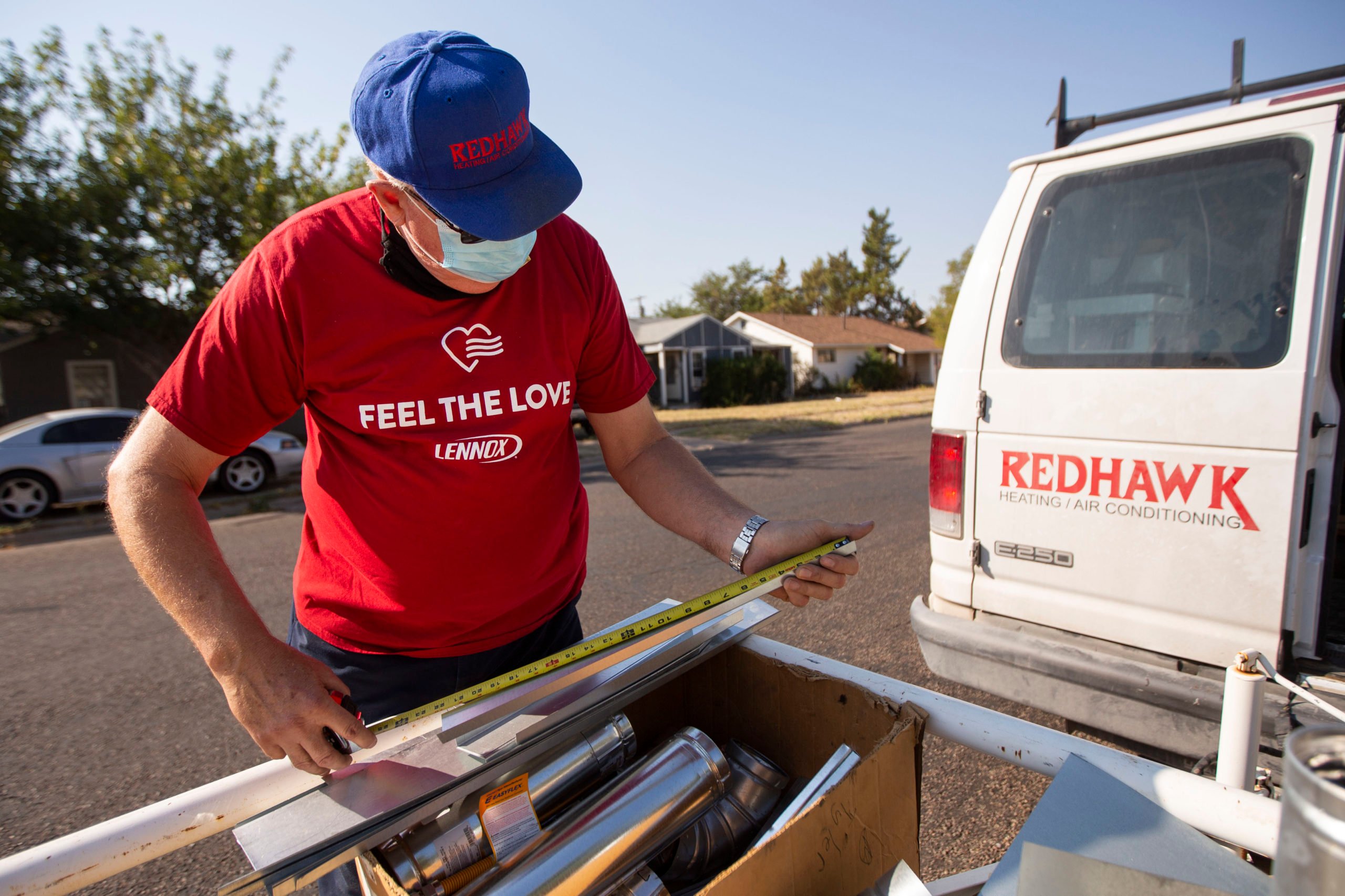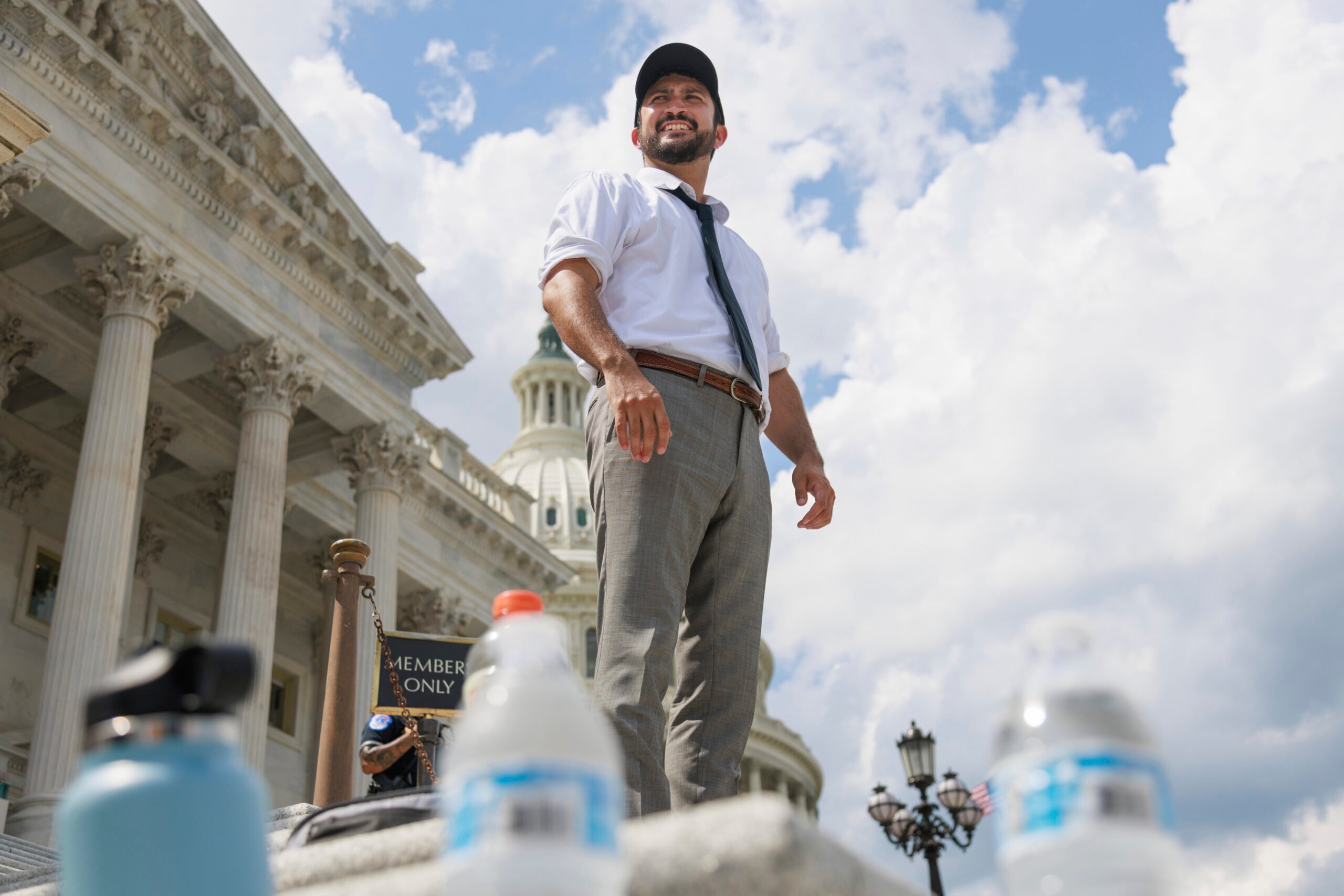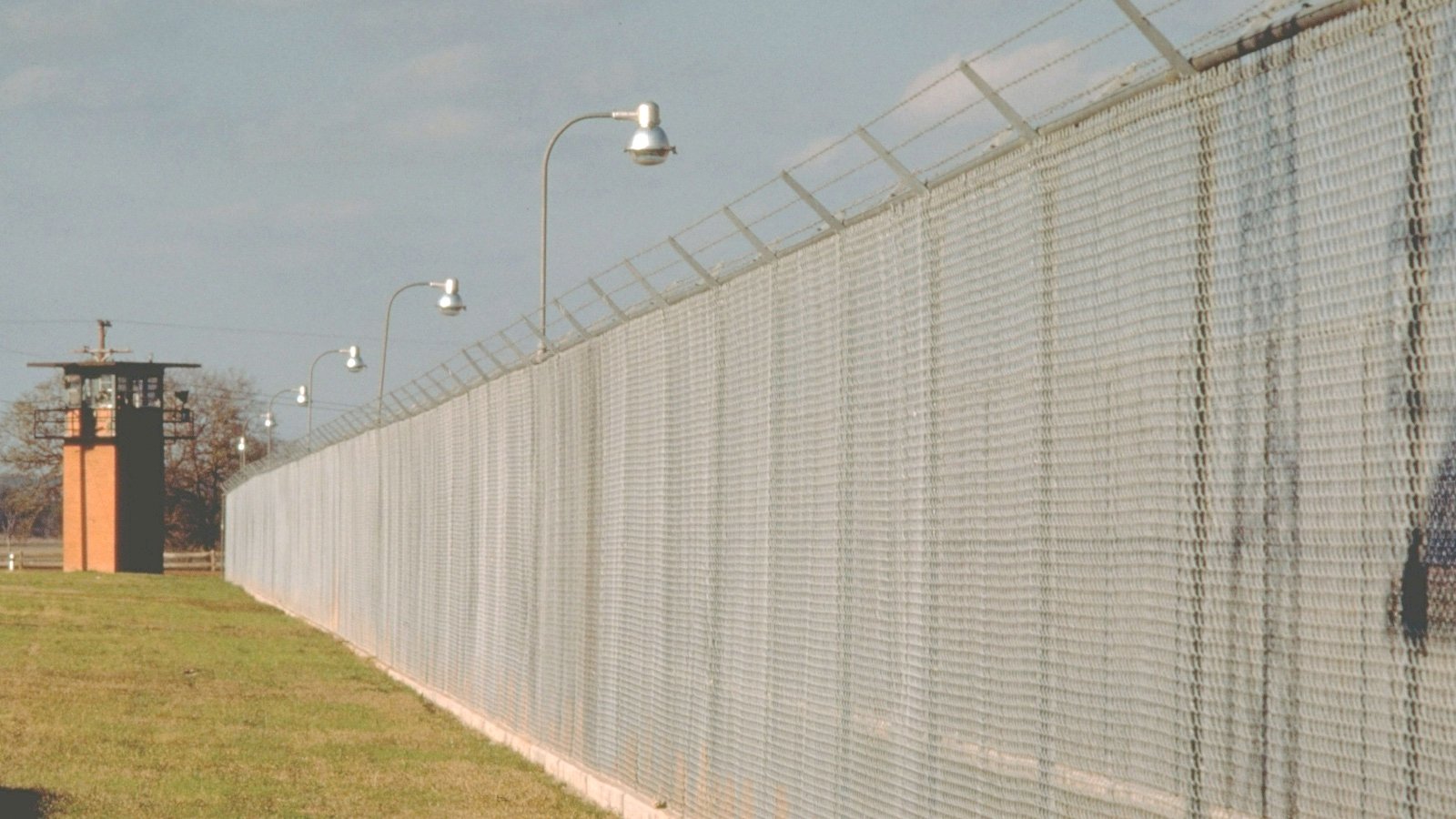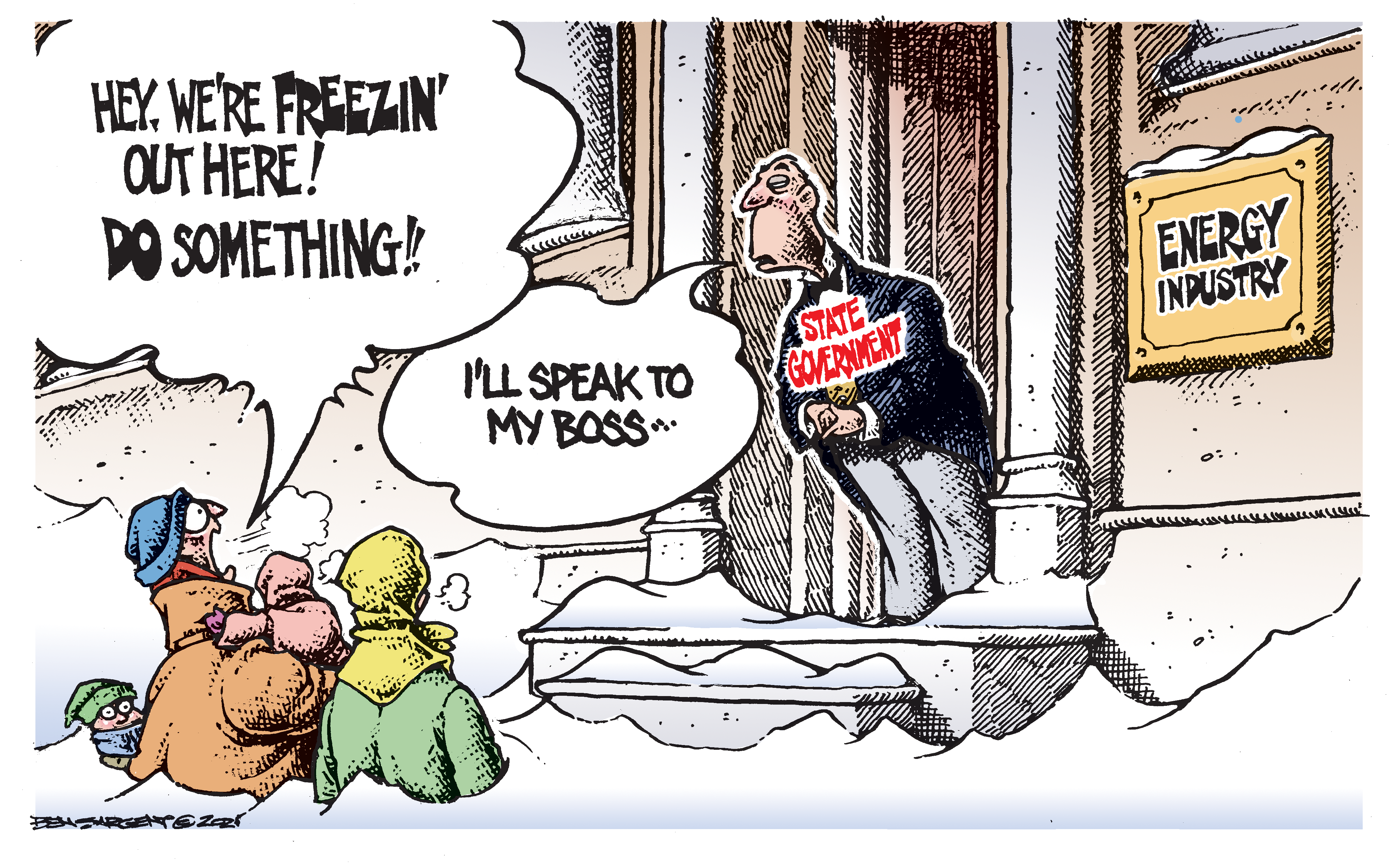
We Could Save the Grid by Using Less Electricity
In 1999, Texas was the first state to adopt an energy efficiency standard for utilities, but we've fallen way behind since.

Two months into a prolonged, record-breaking heat wave, Texans have once again become very familiar with conservation alerts from the Electric Reliability Council of Texas. The agency has repeatedly asked residents to turn up thermostats and save electricity during the hottest summer afternoons. And to everyone’s pleasant surprise, the grid has held up—thanks in large part to people heeding conservation alerts, and to renewable energy projects picking up slack as the state’s fossil fuel plants falter.
But there’s no guarantee the grid will continue to function in summers to come. The state’s population is steadily growing, contributing to record demand for electricity. At the same time, planetary temperatures grow hotter and hotter: by 2036, the state climatologist’s office expects Texas to have twice as many triple-digit days each year as it’s had on average in the past 20 years.
State leaders so far have responded to the seasonal electricity crunch by fixating almost entirely on supply (even encouraging power plants to delay maintenance), addressing demand only through haphazard calls for temporary conservation.
That approach is backwards, according to Luke Metzger, director of Environment Texas. “It’s actually more cost effective to focus on the demand side,” he said. “There’s just huge untapped potential to save energy.”
Efficiency is about proactively engineering homes and products to use less energy, as well as retrofitting older buildings. This can involve replacing energy-hungry furnaces and air conditioners with far more efficient heat pumps, insulating attics, installing double-pane windows, and getting smart thermostats. If adopted widely, these measures can make a significant dent in the state’s overall energy consumption. The American Council for an Energy-Efficient Economy has proposed a set of energy-saving strategies (including the fixes above) that could lop off 10 to 15 percent of Texas’ summer and winter peak demand.
“There’s just huge untapped potential to save energy.”
The catch is nearly all of the state’s 9.9 million households would need to get onboard. Because cost can be a barrier, the state would need to expand utility-sponsored programs that offer rebates and assistance for customers. Texas was once a leader, adopting the nation’s first energy efficiency standard for utilities in 1999 under then-Governor George W. Bush, which led to utility companies creating these programs. But since then, Texas has fallen behind the 32 other states that have adopted similar policies. Texas only requires utilities to reduce their peak demand by 0.4 percent, and hasn’t increased that standard since 2011.
State legislators today seem uninterested in doing so today. City-owned utilities in Austin and San Antonio have picked up some of the slack and created more robust energy-efficiency programs than investor-owned utilities elsewhere, said Steven Nadel, executive director of the American Council for an Energy-Efficient Economy. For example, San Antonio’s CPS Energy offers rebates for smart thermostats, heat pumps, attic insulation, solar water heaters, shade trees and more to residential customers, and some rebates to businesses as well. It also offers free home weatherization to some low-income families, although many residents and advocates think even these programs could go further.
The federal government is also offering assistance. In 2022, Texas is receiving nearly $300 million in federal funds to help low-income households pay for utility bills and energy efficiency upgrades. This funding is funneled through the Texas Department of Housing and Community Affairs, which passes the money on to local aid organizations in each county. Households then need to contact local groups for help.
All these efforts, however, don’t match the scale of Texas’ need to reduce energy consumption, and don’t grasp the cost-saving and even life-saving opportunities of doing so. Raising the bar for utilities, increasing funding for existing energy efficiency programs, and creating new incentives could lead to more jobs, according to Todd McAlister, executive director of the South-central Partnership for Energy Efficiency as a Resource. “You can basically name anything that’s in the construction field and that’s going to potentially have a job associated with energy efficiency,” he said, including anyone in the HVAC, insulation, window, and roofing businesses.
The problem is, energy efficiency work isn’t as visible as constructing new power plants. It happens in individual homes and buildings, and though it’s big business the public simply doesn’t see much of it.
“There is a direct tie between the efficiency of a building and the health of its occupants.”
“Because it’s not bright and shiny, it’s not something that a lot of people really push for” at the policy level, McAlister said.
But there’s plenty of reasons to push.
For the poorest Texans, energy use can become a matter of life and death. Approximately one-third of Texas households are already energy insecure, according to a 2020 survey by the federal Energy Information Administration. That often means that people keep their homes at unhealthy temperatures, can’t afford to fix broken heaters or air conditioners, forgo food and medicine to pay electricity and gas bills, or have utilities shut off for missing payments.
There’s less data available on how insulated Texas homes are, but half of all homes in the South were built before the U.S. had any building energy codes, and probably leak significant heat in and out. It’s likely that many energy-insecure Texans also live in poorly insulated homes, said Alison Silverstein, an electricity system consultant who worked at the Public Utility Commission of Texas from 1995 to 2001.
“There is a direct tie between the efficiency of a building and the health of its occupants,” she pointed out. “We should expect to see rising numbers of morbidity and mortality as a result of this heat, as these heat waves drag on and as the high cost of electricity hurts more and more people.”
Silverstein explained that as much as half the electricity Texas uses at the height of summer or in the dead of winter is related to weather, representing a massive opportunity to reduce energy demand by helping people add insulation, replace windows or otherwise weatherize their homes and buy energy-efficient heating and cooling appliances. Doing so would help individual households save money, and help the state as whole.
The only special interests that energy efficiency wouldn’t benefit are companies that build and operate power plants.
“If you gave me the amount of money that it would take to build five new power plants, I could make those power plants go away and then some, if I could spend that on energy efficiency,” Silverstein said. “So that should give you a hint about who probably doesn’t think this is a great idea.”



